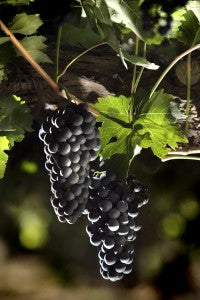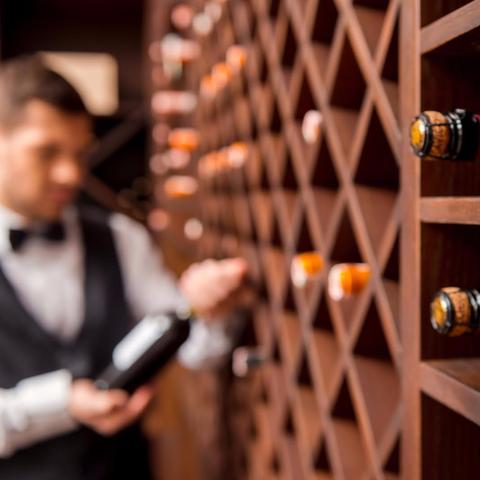
Malbec vines courtesy of Zuccardi Winery
Learn about Malbec wine and it's grape profile with this our third in a series of varietal profiles by Master Sommelier Catherine Fallis, presented to aid students in preparing for blind tasting exams and gaining a global view of many of the important grapes.
Malbec, one of the five grape varieties used in red Bordeaux, is thought to have originated in South West France, though in Cahors, the appellation it is most famous for today, the local name is Auxerrois, suggesting origins in Northern Burgundy. The grape is sensitive to frost, downy mildew, and rot, and has therefore come to reach its greatest potential in warm, sunny Mendoza, Argentina.
Cahors in southern France is required by law to have a minimum of 70% Malbec. This wine is sometimes rustic and very tannic, though a new generation of wine makers is blending in Merlot for a softer, fruitier style. The grape is widely used though in small amounts in Bordeaux, contributing inky color, a rounded texture, and a deep plummy character to the leaner and often more herbacious Cabernet Sauvignon, the bright, cherry-like Cabernet Franc, and the soft, smoky Merlot.
Malbec is the principal variety in Mendoza, Argentina, where it produces wines similar to what made California Merlots so popular: supple, ripe tannins, luscious cassis fruit, and often a hint of sweet oak on the finish. The best in the country are arguably from Mendoza’s subzone of Lujan de Cuyo, known as the “Bordeaux of Argentina”, though current labeling laws encourage the use of the more recognizable “Mendoza.” Here, in addition to the characteristic plummy notes the wines exhibit anise and floral notes. As in other parts of the world, there is a large following for the international style – inky color, sweet, ripe fruit, high alcohol, and lavish oak – as these cookie cutter wines rate the high scores, and then are easy to sell.
Flying winemaker Michel Rolland, who is an expert with a strong background in Bordeaux, has influenced many of the top wines of the country. Cutting-edge producers are finding their own path, providing Malbecs that taste of the grape and of the place, not of a trendy style.
What are your markers for identifying Malbec in blind tastings?
What are some of your favorite regions or producers of Malbec?
Learn more about other grape varieties through our Wine Grapes of the World Series.
Check out our full schedule of programs, workshops and public events. Private, customized experiences and corporate training is also available.
More of Catherine’s work can be found at www.planetgrape.com, Twitter, Facebook and LinkedIn.

